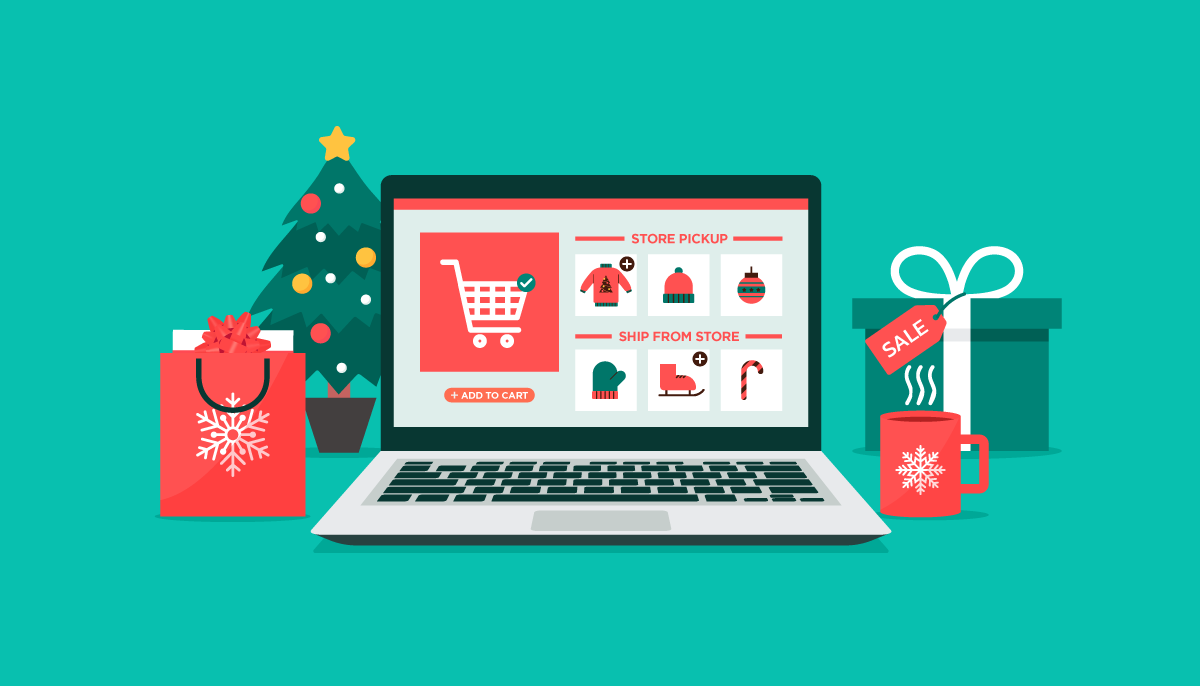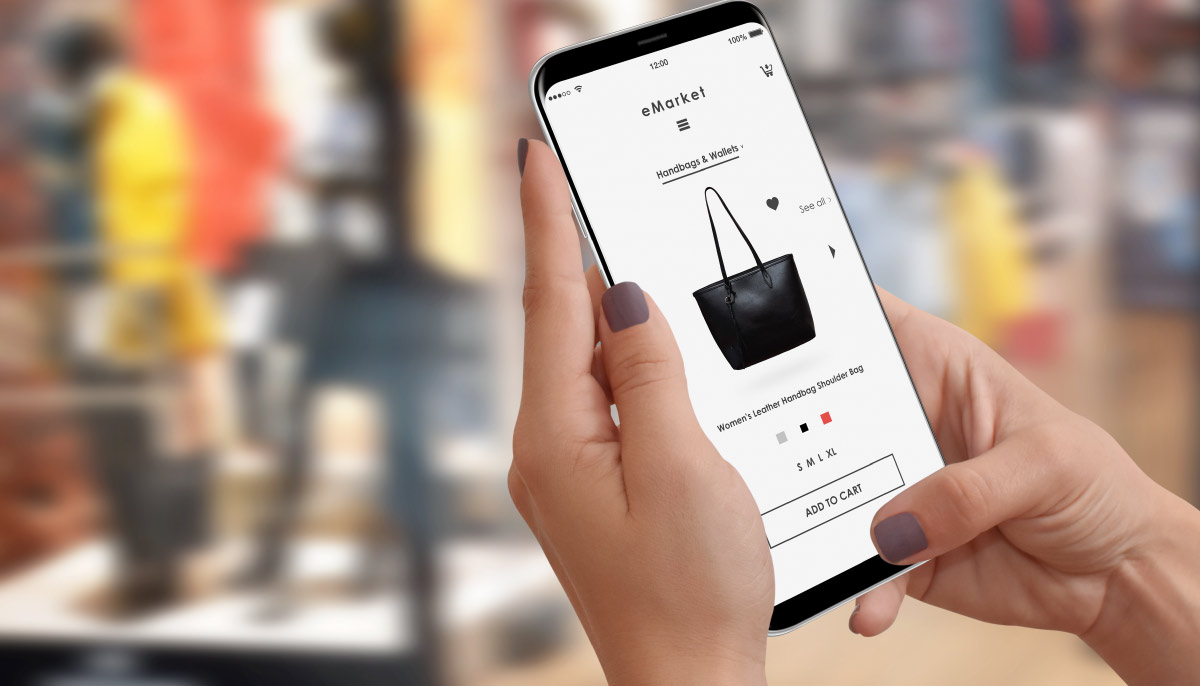
Tactics for Success in Omni-Channel Commerce
Omni-channel commerce links together the physical and digital lives of brands. More and more, consumers are expecting to shop not only when they want but also where they want and expect a similar experience regardless of the channel. While services such as in-store product pick up and 360 degree inventory visibility are still gaining popularity, here are some other tactics online retailers can use to assist in blurring the lines between their online and offline retail experiences…
- Align loyalty programs for both online and offline behavior – This is one of the first things many retailers, especially online only retailers, focus on when they expand their efforts into the omni-channel space. Using a “common denominator”, be it e-mail or phone number, allows brands to easily link the online and offline purchasing history of consumers with their knowledge in exchange for rewards which generally drive more sales across both channels.
- Curate content specifically for your consumers – Personalized and relevant experiences with brands are becoming more important to consumers as more brands are competing for their time and money than ever before. One example is to allow consumers to scan items they like in the store which will then show different items, both online and in-store, that are similar to the item they just scanned. This interaction often leads to an increase in sales and brand affinity among consumers who enjoy the discovery process.
- Utilize offline data to market online and vice versa – As consumers continue to shop on their desired channel, they can still be marketed to across all touch points based on their behavior and interaction with a brand. Strategies such as customizing e-mails and mobile ads based on in-store purchases are effective to drive sales even if certain consumers choose not to browse or shop on the brand’s eCommerce site.
- Focus on the uniqueness of your products – If a product a brand is trying to sell is available on larger eCommerce sites, attempting to compete by price will likely be difficult. Focusing on products which are unique to a brand and are distinctive to the brand will result in less competition and will help drive sales both online and offline. If a brand is selling a lot of common products, bundling can help make these products unique and difficult for consumers to compare online from a price perspective.
- Utilize mobile technology to enhance in-store offers – Some brands are beginning to leverage mobile technology, in particular GPS technology, to send targeted offers to their consumers. For example, if a consumer has downloaded the app of an omni-channel retailer they can receive a push notification when they enter a retailer’s physical store. These notifications can contain targeted promotions or information based on a consumer’s history of interacting with a brand, both online and offline.
In short, through omni-channel commerce brands are able to learn more about their consumers than ever before and can complete retail transactions in ways deemed impossible just a few years ago. As the boundaries of both online and offline commerce are being pushed, it will likely be important for retailers change their way of thinking around how they effectively reach their consumers. According to RSR Research, more brands are finding that consumers who engage in omni-channel commerce are significantly more profitable than single channel consumers, a major motivator for brands to begin or expand their omni-channel efforts.


